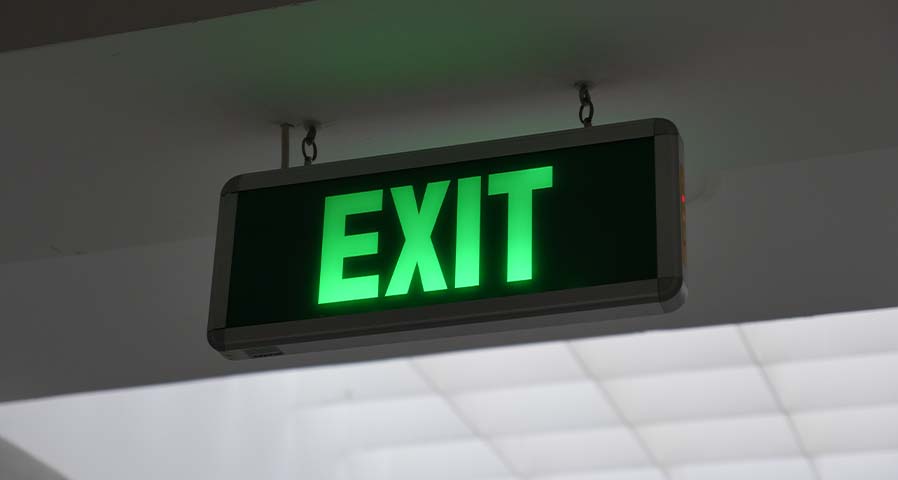Emergency lighting systems in institutional and commercial facilities play a crucial role in ensuring occupant safety during outages, yet their significance is often overlooked until a problem arises. Maintenance and engineering managers must prioritize the proper maintenance of these systems to prevent injuries or fatalities. Adhering to local and national code standards, providing adequate technician training, and staying updated on required inspections are essential steps for facility managers to uphold safety standards. Understanding local and national code requirements is paramount for effective emergency lighting system management. Codes, such as the National Electrical Code (NEC) 2020, Article 700, and the National Fire Protection Association (NFPA) 101, dictate the installation, operation, and maintenance of these systems. Managers and technicians need to stay informed about changes in these codes, which may vary regionally.
Dispelling common myths, it’s crucial to note that emergency lighting is not required in every room. Understanding occupancy requirements is key, as emergency lighting is typically necessary in rooms with moving parts, electrical or mechanical elements, or those with 50 or more occupants. The larger the space, the more lighting is needed, with entryways and exits being critical areas for emergency lighting.
Testing and inspections are mandatory for ensuring the reliability of emergency lighting systems. NFPA 101 stipulates monthly tests of 30 seconds for emergency lights and exit signs, along with annual tests to verify that batteries can provide 90 minutes of illumination. Self-tests or push-to-test buttons are practical alternatives to individual fixture testing, saving time and providing convenience for technicians and inspectors. Proper documentation of tests is vital, and managers should establish a central location for storing documents related to preventive maintenance schedules and plans. New employees should receive comprehensive documentation outlining inspection processes and system details. Seeking professional assessments for unclear aspects of emergency lighting systems or when changes are needed ensures that facilities meet safety standards and adhere to regulations.
Maintaining effective emergency lighting systems requires a proactive approach from facility managers. By staying informed about codes, providing thorough training, conducting regular testing, and documenting inspections, managers can enhance occupant safety and prevent potential hazards during outages. Click here to read the full article originally published by Facilities Net.






































0 Comments